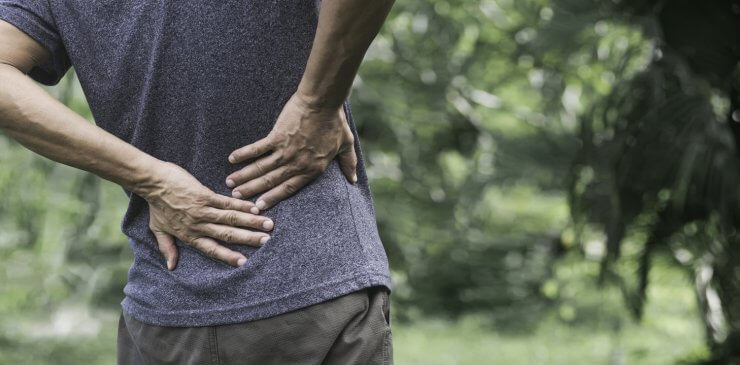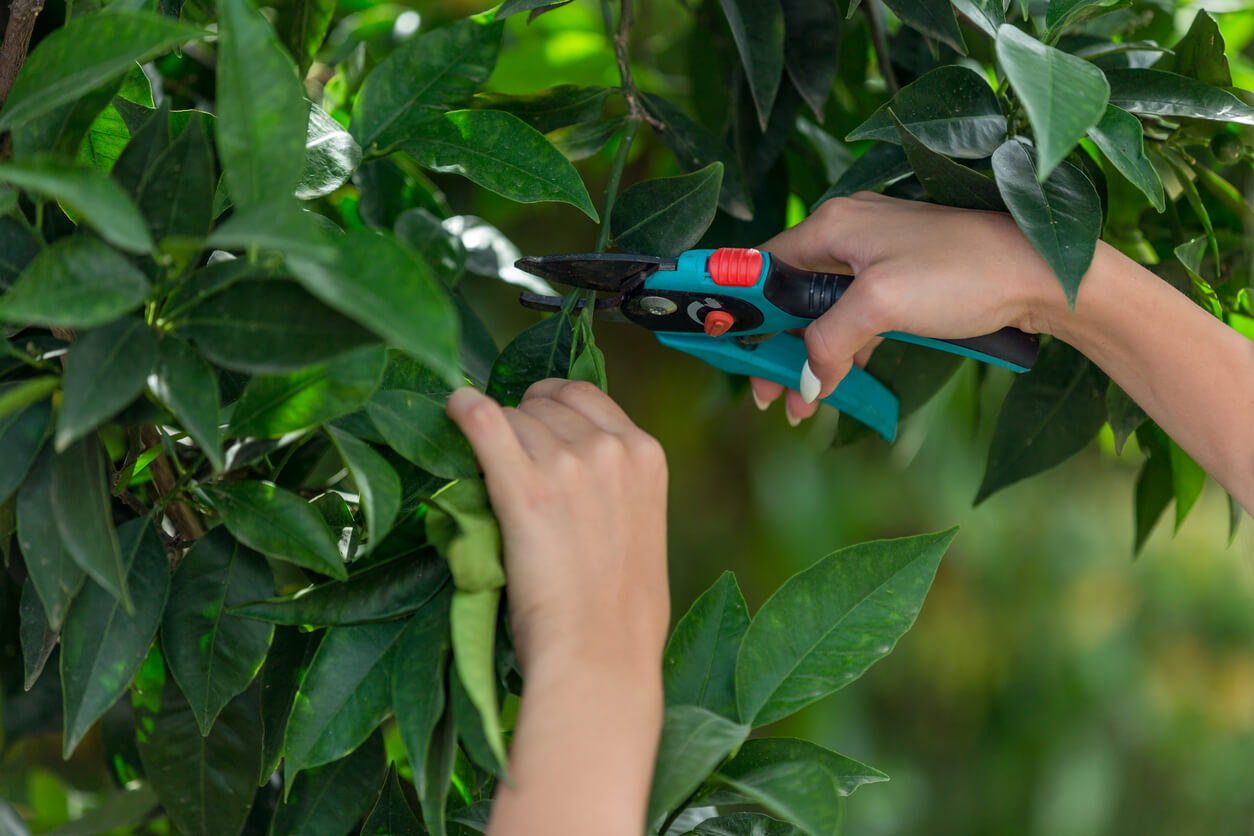
No one wants to think about garden injuries or the mistakes that lead to those injuries. I know I don’t. A garden is a place of joy and happiness. It’s where we go to destress and commune with nature. Gardens provide beauty and nourishment.
That’s all true. But my back might have a few more things to say about gardening. It’s not just me, either. Websites for physical therapists and orthopedic doctors have entire sections dedicated to garden injuries. There’s even a television show called “GardenFit,” that stars a fitness trainer who helps gardeners with stretches, strengthening exercises, and adjustments to help them garden without pain.
I realize most of us aren’t going to hire a fitness trainer to help with gardening. I also know quite a few of you reading this have been gardening for years, and I don’t want this to sound like a lecture! What I hope is that this list of common garden injuries and mistakes will serve as a reminder. I know I could use some reminders here and there.
And in case you’re wondering, yes, I’ve made some of these mistakes.
Discover 7 top tips for growing, harvesting, and enjoying tomatoes from your home garden—when you access the FREE guide The Best Way to Grow Tomatoes, right now!

Work in garden
7 garden injuries you don’t need to experience
Because we’re focused primarily on vegetable gardens in small to medium spaces, I’ll just touch briefly on things like riding mowers and lawnmowers. These are helpful tools in some gardens, and certainly, if you have a large yard, they can make life easier. Just use caution, as the engines can get hot and cause burns. Additionally, the mower blades can throw sticks, rocks, and other small debris, leading to injuries. One preventative measure here is to wear long pants and long-sleeve shirts while mowers are in operation, which will at least minimize the danger. For now, though, let’s move on to some other preventable garden injuries.
1. Sunburn. I’m sure you know how painful a sunburn can be. And how it can limit your gardening activities for several days if you get a bad burn. So consider this a reminder from your red-headed friend, wear sunscreen or light clothing that covers your skin. Sunburn is no fun!
2. Back pain. As garden injuries go, I’m going to guess that back pain is one of the most common. I don’t have data in front of me, but based on conversations I’ve had with gardeners, this seems to be one of the biggest complaints. Of course, back pain can come from any number of causes, from bending over to pull weeds to lifting heavy bags of planting mix. One thing I’ve discovered recently that helps is a garden stool. This multifunctional garden kneeler has made it more comfortable to spend time in the garden. Oh! Don’t forget to lift with your legs and not with your back! Ask me how I know.
3. Bee, wasp, and hornet stings. I love bees. They’re endlessly fascinating creatures; they’re quite bee-utiful (sorry, couldn’t resist!); and they’re responsible for pollinating so much of the food we eat. Hornets and wasps I could live without. But especially if you’re allergic to bees, you want to take steps to avoid getting stung. The CDC recommends avoiding flowering plants, but let’s be real, that ain’t gonna happen in the garden! They do, however, offer some other practical advice, such as wearing light-colored clothing, avoiding perfumes (including heavily scented deodorants, shampoo, etc.), wearing shoes or some other foot protection, and remaining calm if bees or wasps are flying nearby. And in case you’re thinking about running and jumping into a pond, they also have this to say:
“If you are able to physically move out of the area, do not to attempt to jump into water. Some insects (particularly Africanized Honey Bees) are known to hover above the water, continuing to sting once you surface for air.”
4. Tendonitis. Long stretches of gardening, especially if we’re doing the same actions repeatedly, such as digging, can strain our muscles and tendons and cause tendonitis. One way around this is to vary your activities and limit the time you do any one garden task.
5. Knee pain. This goes right along with back pain as one of the garden injuries that can be hard to avoid. Whether from kneeling on something or squatting too long, knee pain happens. The same stool I mentioned above works here, but you can also try some good old-fashioned knee pads.
6. Bursitis. I’m not a doctor, nor do I play one on TV, but I can tell you about the basics of bursitis. A bursa is essentially a fluid-filled sac that helps prevent friction between bones, tendons, and ligaments. It’s a cushion that keeps things moving smoothly. These bursae may get inflamed either through an acute injury like a fall or through prolonged stress, such as frequent kneeling. And when that happens, you have bursitis. You can help prevent bursitis in the same ways you prevent knee pain and tendonitis: by wearing pads and alternating activities and positions regularly.
7. Cuts. There are all sorts of ways to get cuts in the garden. Pruning shears, sharp knife blades, thorns, sticks, sharp edges or splinters on raised beds, rough edges on tomato cages … I could go on, but you get the idea. These garden injuries aren’t as easy to prevent as some others. Still, there are steps you can take to limit them, or at least limit the seriousness of the injury. Thick gardening gloves are helpful here. Believe it or not, sharpening your garden tools is also helpful. While the edges may be sharper, dull blades require more force, making it easier to cut yourself. Plus, in the event of zombies, you’ll want sharp garden tools anyway, so it’s a preventative and a defensive move!
Garden injuries happen, but we can take steps to prevent them and limit the impact they have on our gardening activities. There’s no need to let a little back pain get in the way of fresh Fava beans!
What garden injuries should we add here? I’d love to get your thoughts in the comments.
Note: Food Gardening Network contains links to affiliate websites, including Amazon and Rakuten Affiliate Network, and we may receive a commission for any eligible purchases made by you through links on this page. Any reviews are based on honest reviews of the products.
Discover 7 top tips for growing, harvesting, and enjoying tomatoes from your home garden—when you access the FREE guide The Best Way to Grow Tomatoes, right now!




